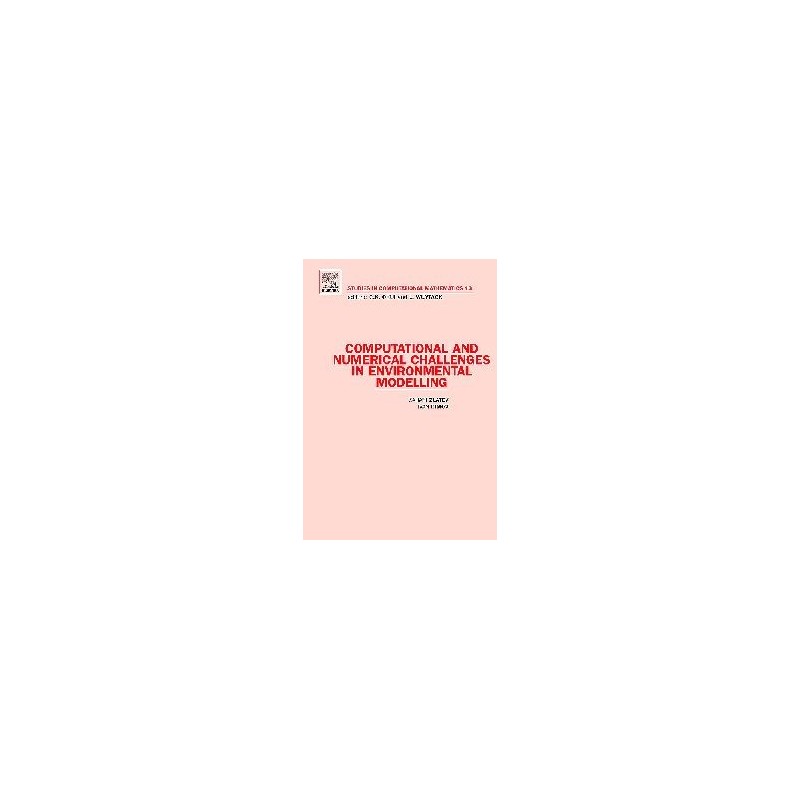- Obecnie brak na stanie




darmowa wysyłka na terenie Polski dla wszystkich zamówień powyżej 500 PLN

Jeśli Twoja wpłata zostanie zaksięgowana na naszym koncie do godz. 11:00

Każdy konsument może zwrócić zakupiony towar w ciągu 14 dni bez zbędnych pytań
Brak towaru
Brak towaru
Brak towaru
Brak towaru
N15R to średniej wielkości, solidna skrzynka narzędziowa, przeznaczona do przechowywania i transportu niewielkich narzędzi, zamykana na 2 zatrzaski
Brak towaru
Brak towaru
Brak towaru
Brak towaru
Brak towaru
Brak towaru
Brak towaru
Brak towaru
Brak towaru
Brak towaru
Brak towaru
Zestaw 50 szt. różnokolorowych przewodów męsko-męskich o długości 30 cm do płytek stykowych, raster 2,54 mm
Brak towaru

